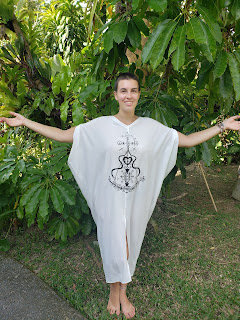Hormone disrupting chemicals found in imported clothing.
EU member states have agreed to ban a toxic substance widely found in clothing because it poses an “unacceptable risk” to the environment.
| Countries unanimously voted in favour of extending existing restrictions on nonylphenol ethoxylates (NPE) to imports of clothing and other textile products.
The measure is intended to protect aquatic species. Use of NPE in textile manufacture in Europe was banned over 10 years ago but the substance is still released into the aquatic environment through imported textiles being washed.
The proposal was brought forward by Sweden in 2013 and backed by scientists at the European Chemicals Agency (ECHA).
NPE degrades in the environment into substances including nonylphenol (NP), which accumulates in the bodies of fish and disrupts their hormones, harming fertility, growth and sexual development.
NPE is used in textile manufacture as a cleaning, dyeing and rinsing agent. The draft EU decision notes that several studies have found NPE to be present in textile items.
A 2011 study by Greenpeace found NPE in two-thirds of clothes tested, including items sold by big-name brands such as Adidas, H&M, Lacoste, and Ralph Lauren. The NGO argued that although concentrations of NPE found in the clothes were low, the chemical’s ubiquity in the environment posed a risk.
The new ban on textiles containing NPE in concentrations equal to or greater than 0.01% will enter into force five years after it is adopted by the European Commission, which is likely to happen in the next month or so.
In comments submitted to ECHA, clothing and textile firms have warned that complying with the restriction will be difficult because NPE is ubiquitous in the supply chain and has numerous uses.
The new restriction will not apply to second-hand goods or recycled textiles because it is assumed these will already have been washed several times so will contain negligible amounts of NPE.
EU countries must eliminate pollution of water bodies by NP as it is a priority substance under the Water Framework Directive.
A 2013 study by the UK environment agency warned that emissions from textiles could hamper progress towards this objective. It found 29% of imported cotton underwear contained NPE, which was released during the first two washes by the consumer.
A study by the Danish environment agency concluded that the concentrations of NPE in clothing did not pose a risk to human health. Brightly coloured and Chinese clothing contained the highest concentrations of NPE, the agency found.
|


Comments
sustainable